Question More, Action Knowledge.
Remember, at QMAK, we don’t just teach; we empower. We don’t just inform; we inspire. We don’t just question; we act. Become a Gold Member, and let’s unlock your child’s full potential, one question at a time.
Back to Math Missions
Ready to chart new mathematical territory?
Pathfinder Missions challenge emerging problem-solvers with exciting scenarios that bridge fundamental concepts with more advanced mathematical thinking.
These intermediate missions take you beyond the basics, presenting engaging challenges that combine multiple mathematical concepts. From designing eco-friendly solutions to analyzing sports data, each mission connects math to the real world in meaningful ways.
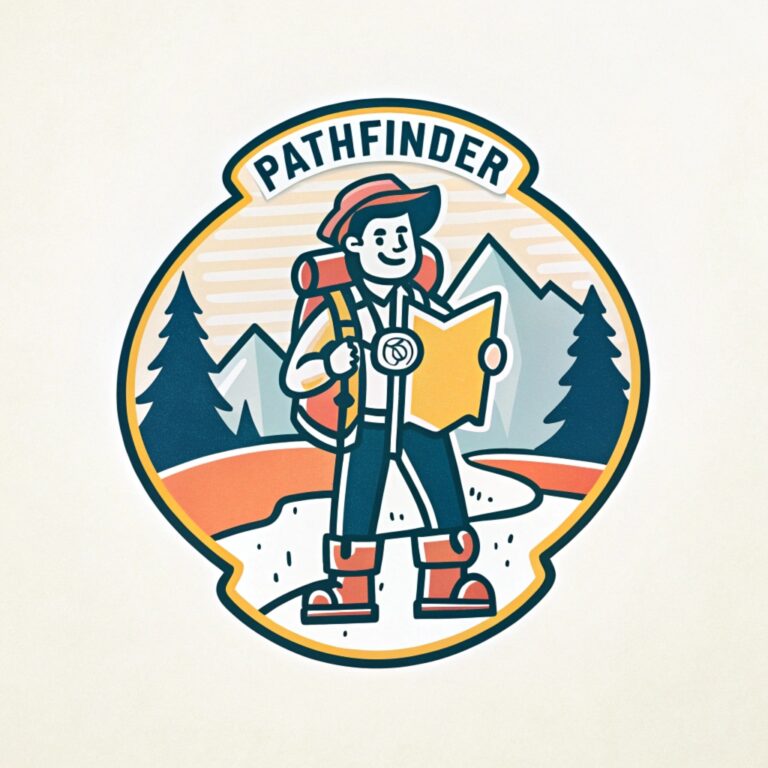
Pathfinder Missions help you develop:
Pathfinder Missions are ideal for:
Select a mission below to start your mathematical exploration. Each challenge provides clear instructions and guided support to help you navigate through more complex problem-solving territories.
Remember: Every mathematical breakthrough begins with curiosity. Your next discovery awaits!
Skill: Area calculation, unit conversion, and geometric reasoning.
Activity: Calculate areas of shapes to plan exercise zones while maintaining social distancing.
Goal: Apply geometry to practical, real-world planning scenarios.
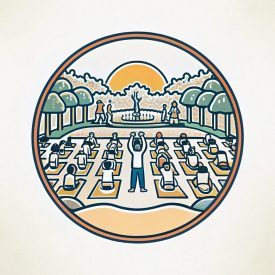
Skill: Sequence recognition, algebraic thinking, and problem-solving.
Activity: Solve puzzles involving consecutive numbers and equations to uncover hidden values.
Goal: Strengthen algebra readiness and critical thinking in a fun, detective-themed context.
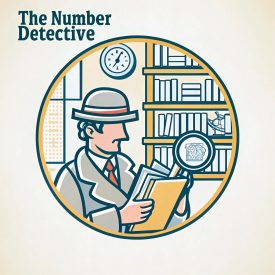
Skill: Time conversion, cost analysis, and long-term financial planning.
Activity: Compare energy-efficient light bulbs by calculating costs over time.
Goal: Build financial literacy and reinforce math’s relevance in environmental decisions.

Skill: Ratios, area calculation, and unit conversion.
Activity: Analyze smartphone screen dimensions, ratios, and pixel densities to determine the best model.
Goal: Connect geometry and ratios to real-world technology choices.

Skill: Multiplication, division, and financial goal setting.
Activity: Calculate view-based earnings and set income goals for a content creator.
Goal: Introduce financial planning and math in the context of modern careers.

Skill: Fractions, unit conversion, and algebraic thinking.
Activity: Determine the volume and time needed to fill a pool using fractions and rates.
Goal: Show practical applications of fractions and algebra in everyday contexts.

Skill: Measurement conversion and multi-step problem-solving.
Activity: Calculate maximum passenger capacity based on space and weight constraints.
Goal: Introduce optimization and real-world transportation math.
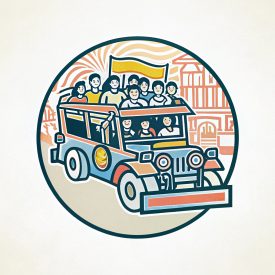
Skill: Percentage calculations and data interpretation.
Activity: Analyze sports attendance data to find averages and seasonal trends.
Goal: Develop data analysis skills in a familiar, sports-based context.

Skill: Rates, averaging, and graphing.
Activity: Calculate burpees per minute, find averages, and predict performance trends.
Goal: Connect fitness improvement to math through rates and data visualization.
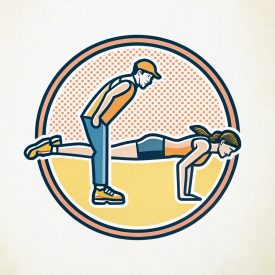
Skill: Unit price comparison and decimals.
Activity: Calculate and compare the unit prices of various yogurt packages.
Goal: Foster consumer math skills for practical, real-world decision-making.
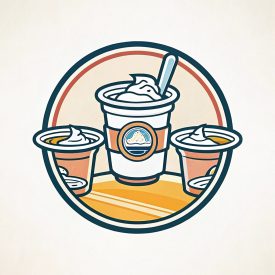
Skill: Measurement, multiplication, and spatial reasoning.
Activity: Plan and calculate resources needed to build a LEGO fortress.
Goal: Combine geometry and planning in a creative, hands-on context.
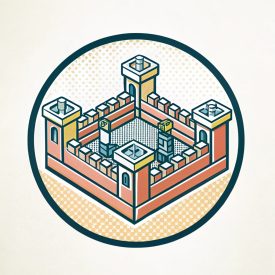
Skill: Multiples, divisibility, and problem-solving.
Activity: Use strategic counting and the odd-even principle to determine card outcomes.
Goal: Build number theory and logical reasoning skills.
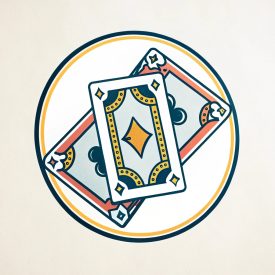
Skill: Speed, distance, and time calculations.
Activity: Analyze different terrain speeds and calculate race outcomes.
Goal: Apply motion-related math concepts to real-world scenarios.
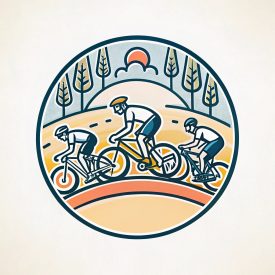
Skill: Combinatorics and logical reasoning.
Activity: Determine unique arrangements of books with identical objects.
Goal: Introduce advanced counting principles for abstract problem-solving.

Skill: Arithmetic progression and sequences.
Activity: Distribute stickers evenly under constraints and calculate sums.
Goal: Explore series and logical distribution strategies.
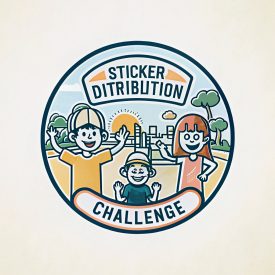
Skill: Distance, speed, and time relationships.
Activity: Calculate and compare train and bus travel speeds and distances.
Goal: Develop algebraic thinking and problem-solving with real-world motion.

Skill: Fractions, decimals, and algebraic thinking.
Activity: Solve for ticket prices with discounts and calculate totals.
Goal: Link practical money calculations with abstract problem-solving.
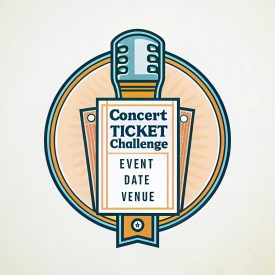
Skill: Geometry and circular measurements.
Activity: Calculate curved trail lengths using circle and semicircle formulas.
Goal: Reinforce geometry in practical outdoor planning contexts.

Skill: Area calculations and algebraic reasoning.
Activity: Calculate composite areas and plan a garden layout.
Goal: Connect geometry and algebra in creative design tasks.
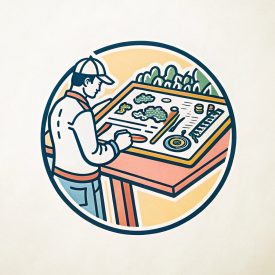
Remember, at QMAK, we don’t just teach; we empower. We don’t just inform; we inspire. We don’t just question; we act. Become a Gold Member, and let’s unlock your child’s full potential, one question at a time.